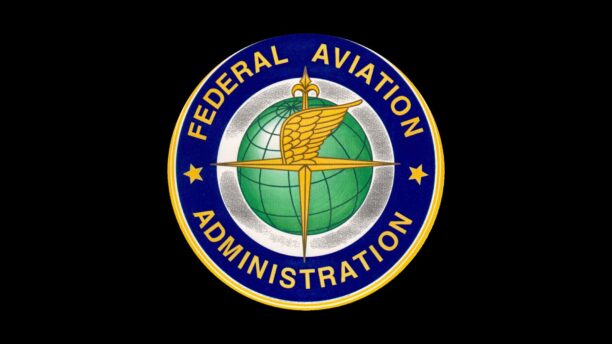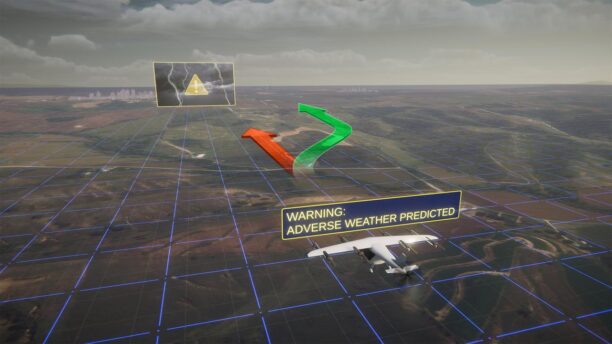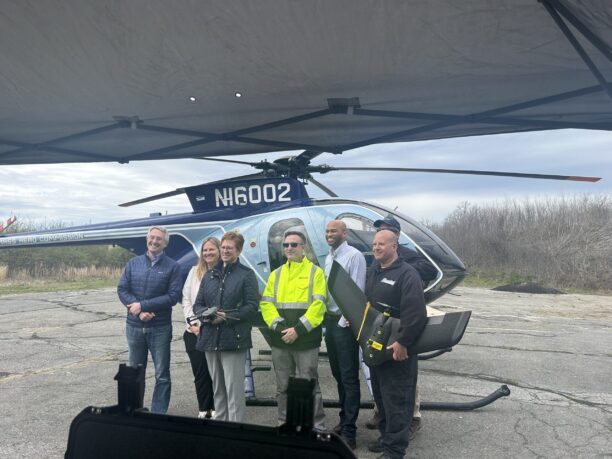
Bill paves the way for integrating UAS into U.S. airspace system
By DRONELIFE Features Editor Jim Magill
(The following is the third in a series of articles on how the recent passage of the bill to reauthorize the FAA positively impacts the drone and eVTOL industries.)
The bill to reauthorize the FAA, which President Biden signed into law on May 16, marks a big step toward promoting the growth of the drone ecosystem, by streamlining regulations, enhancing drone technological advancement and pilot training, and implementing measures to fully integrate drones into the U.S. airspace system.
In crafting the massive, 854-page bill congressional leaders listened to the input of representatives of all facets of the unmanned aircraft system (UAS) world, as to what improvements they sought to existing FAA rules and regulations that would encourage the increased use of drones for commercial and recreational purposes.
Environmental reviews and noise certification
“The language on environmental reviews and noise certification, I think was something we continuously heard as an issue for the drone industry and so something that I think we prioritized addressing,” a Republican staff aide to the Senate Commerce, Science and Transportation Committee said.
As such, Congress directed the FAA to establish noise criteria using standardized metrics, which would pertain to all drone operations across the county.
“I think one of the things we heard from the industry is that even for substantially similar operations, the FAA and others are treating them as essentially brand-new things,” the staffer said. “So, we’re trying to create a system by which the FAA can review these in a standardized, programmatic approach to addressing noise certification and the need for reviews for drones.”
In addition, the legislation directs the FAA to relax its regulations on the transportation of hazardous material, which is aimed at expanding the opportunities for drone carriers in terms of what they’re allowed to transport.
Under current regulations, drone delivery services are unable to transport certain items, such as nail polish and other common household goods. Current regulations prohibit drone delivery of some medications and pharmaceutical products. “We think that this will really open doors for getting people who don’t have access to pharmacies greater access to medical necessities,” the congressional staffer said.
Opportunities for drone development, testing and training
The reauthorization legislation also opens up greater opportunities for drone testing and pilot training. Section 925 of the legislation amends the current U.S. Code in regard to the establishment and operation of drone test ranges.
“The Administrator of the Federal Aviation Administration shall carry out and update, as appropriate, a program for the use of unmanned aircraft system … test ranges to: A) enable a broad variety of development, testing and evaluation activities related to UAS and associated technologies; and B) to the extent consistent with aviation safety and efficiency, support the safe integration of unmanned aircraft systems into the national airspace system.”
There are currently seven UAS test ranges across the country. The bill directs the administrator of the FAA to select and designate up to two additional test ranges through a competitive selection process.
The bill also extends the “Know Before You Fly” campaign, which had expired last year, through 2028. The campaign is organized as a partnership, which includes the FAA, the Academy of Model Aeronautics (AMA), the Association for Uncrewed Vehicle Systems International (AUVSI) and the Consumer Technology Association (CTA). The educational campaign provides prospective drone users with the information and guidance they need to fly safely and responsibly.
The reauthorization also gives the FAA administration the authority to expand the administration’s BEYOND program “to include additional State, local, and Tribal governments to test and evaluate the use of new and emerging aviation concepts and technologies to evaluate and inform FAA policies, rulemaking, and guidance related to the safe integration of such concepts and technologies into the national airspace system.”
“I think that there is a lot of buy-in in Congress for the BEYOND program,” the congressional staffer said. “I think the dialogue was essentially how can we try to get more out of the program, a greater benefit for commercial industry.”
Integrating drones into the U.S. airspace
The reauthorization legislation also directs the FAA administrator, within a year of the passage of the bill, to provide a briefing to the appropriate congressional committees on plans to fully integrate UAS into the U.S. airspace. The briefing is to include estimates of the cost of achieving that goal as well as identifying any regulatory or policy changes required to execute the integration.
To further the integration, the FAA administrator is directed to “establish procedures, which may include a rulemaking, to approve third-party service suppliers, including third-party service suppliers of unmanned aircraft system traffic management.” Allowing third-party suppliers to become part of the UAS traffic management system will help speed up the development of that system, said Michael Robbins, President and CEO at the Association for Uncrewed Vehicle Systems International (AUVSI).
“The bill begins to move forward on supporting third-party services that provide uncrewed traffic management (UTM) services and getting UTM right is going to be important for advancing airspace awareness and strategic deconfliction,” Robbins said.
“Getting that right for drones at low altitude is going to showcase how that can be used, and how more advanced technologies can be used for other types of airspace as well.”
In addition, the reauthorization bill directs the FAA administrator to review and evaluate the final rule for Remote Identification of Unmanned Aircraft, “to determine whether unmanned aircraft manufacturers and operators can meet the intent of such final rule through alternative means of compliance, including through network–based remote identification.”
This would allow for the establishment of a network remote ID system, “which of course lays the foundation for an eventual unmanned traffic management solution,” said Lisa Ellman, executive director of the Commercial Drone Alliance.
Other sections of the reauthorization are also designed to advance the commercial use of drones, such as: directing the FAA to create an approval process to facilitate the operation of drones offshore and in international waters; promoting the use of drones in wildfire response; and establishing a pilot program to use drones in the inspection of FAA infrastructure, such as air traffic control towers and radar facilities.
(Part 4 of this series will examine how the bill to reauthorize the FAA will help spur the development of an advanced air mobility system (AAM) and pave the way for the introduction of electric takeoff and landing (eVTOL) into the U.S. airspace.)


